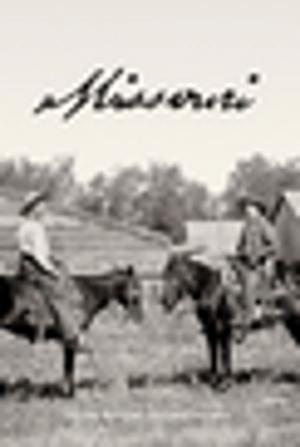The Greenpeace to Amchitka
An Environmental Odyssey
Nonfiction, Science & Nature, Nature, Environment, Environmental Conservation & Protection, History, Americas, United States, 20th Century| Author: | Robert Hunter | ISBN: | 9781551523040 |
| Publisher: | Arsenal Pulp Press | Publication: | April 1, 2005 |
| Imprint: | Arsenal Pulp Press | Language: | English |
| Author: | Robert Hunter |
| ISBN: | 9781551523040 |
| Publisher: | Arsenal Pulp Press |
| Publication: | April 1, 2005 |
| Imprint: | Arsenal Pulp Press |
| Language: | English |
Greenpeace is known around the world for its activism and education surrounding environmental and biodiversity issues. With a presence in more than 40 countries across Europe, the Americas, Asia and the Pacific, Greenpeace is undoubtedly a dominant force in the realm of environmental activism.
This is the story of how Greenpeace came to be.
In September 1971, a small group of activists boarded a small fishing boat in Vancouver, Canada, and headed north towards Amchitka, a tiny island west of Alaska in the Aleutian Islands, where the US government was conducting underground nuclear tests.
At that time, protests against nuclear testing were not common, yet the US tests raised genuine concerns: Amchitka is not only the last refuge for endangered wildlife, but is also located in a geologically unstable region, one of the most earthquake-prone areas in the world. The threat of a nuclear-triggered earthquake or tsunami was real.
Among the people sardined in the fishing boat were Robert Hunter and Robert Keziere.
The boat, named the Greenpeace by the small group of men aboard, raced against time as it crashed through the Gulf of Alaska, braving the oncoming winter storms. Three weeks was all they had to reach Amchitka in an attempt to halt the nuclear test. Ultimately, the voyage—beset by bad weather, interpersonal tensions and conflicts with US officials—was doomed. And yet the legacy of that journey lives on.
In this visceral memoir, based on a manuscript originally written over 30 years ago, Robert Hunter vividly depicts the peculiar odyssey that led to the formation of the most powerful environmental organization in the world.
Features 40 black and white photographs taken during the voyage by Robert Keziere.
Greenpeace is known around the world for its activism and education surrounding environmental and biodiversity issues. With a presence in more than 40 countries across Europe, the Americas, Asia and the Pacific, Greenpeace is undoubtedly a dominant force in the realm of environmental activism.
This is the story of how Greenpeace came to be.
In September 1971, a small group of activists boarded a small fishing boat in Vancouver, Canada, and headed north towards Amchitka, a tiny island west of Alaska in the Aleutian Islands, where the US government was conducting underground nuclear tests.
At that time, protests against nuclear testing were not common, yet the US tests raised genuine concerns: Amchitka is not only the last refuge for endangered wildlife, but is also located in a geologically unstable region, one of the most earthquake-prone areas in the world. The threat of a nuclear-triggered earthquake or tsunami was real.
Among the people sardined in the fishing boat were Robert Hunter and Robert Keziere.
The boat, named the Greenpeace by the small group of men aboard, raced against time as it crashed through the Gulf of Alaska, braving the oncoming winter storms. Three weeks was all they had to reach Amchitka in an attempt to halt the nuclear test. Ultimately, the voyage—beset by bad weather, interpersonal tensions and conflicts with US officials—was doomed. And yet the legacy of that journey lives on.
In this visceral memoir, based on a manuscript originally written over 30 years ago, Robert Hunter vividly depicts the peculiar odyssey that led to the formation of the most powerful environmental organization in the world.
Features 40 black and white photographs taken during the voyage by Robert Keziere.















